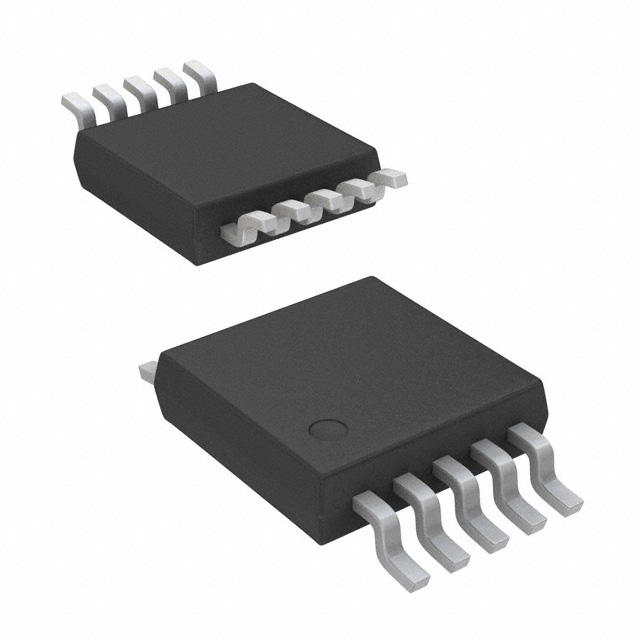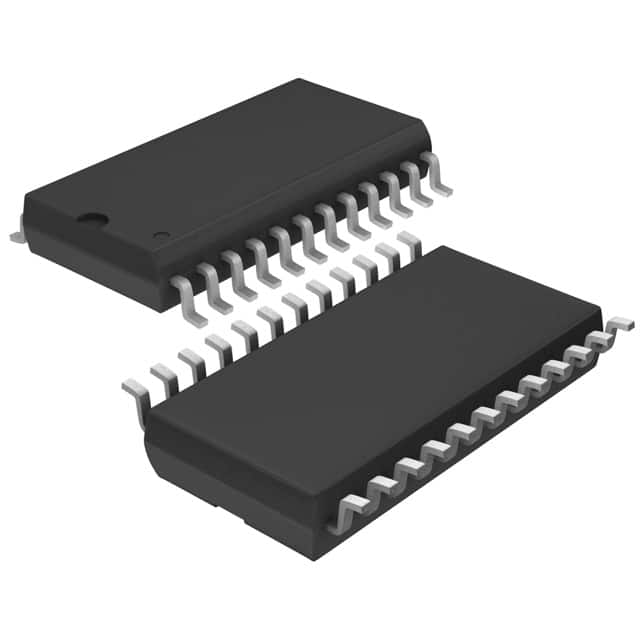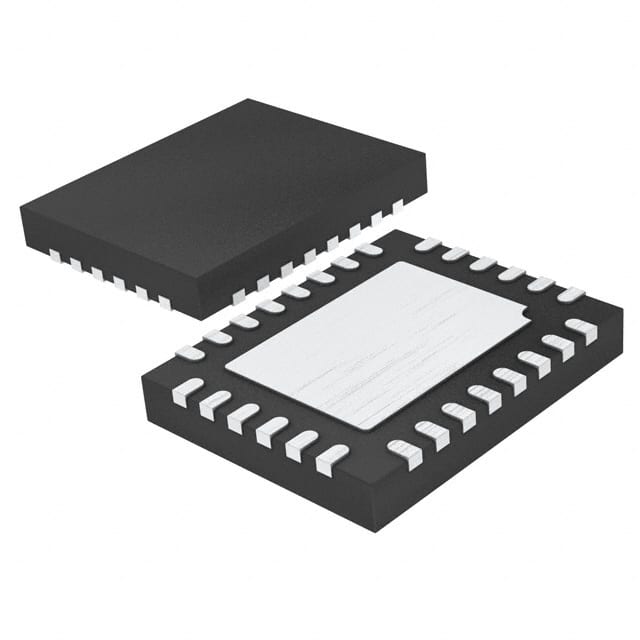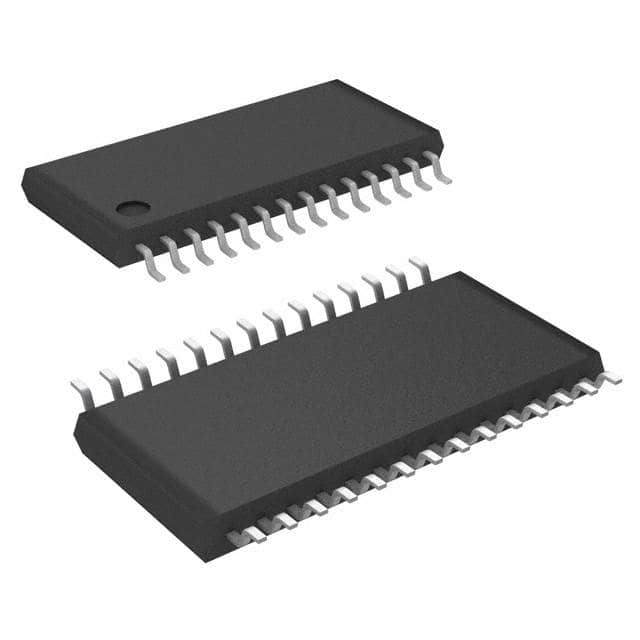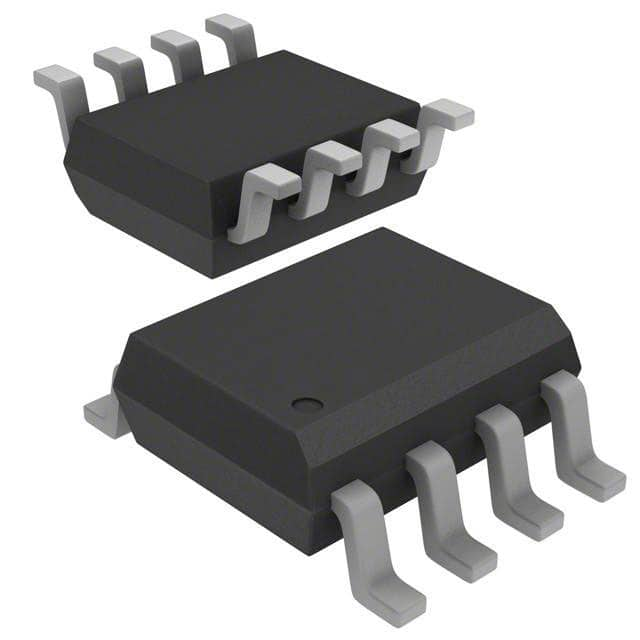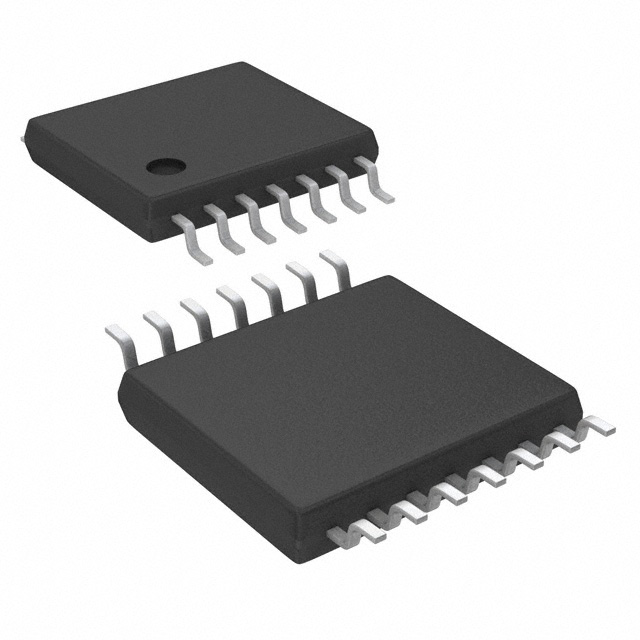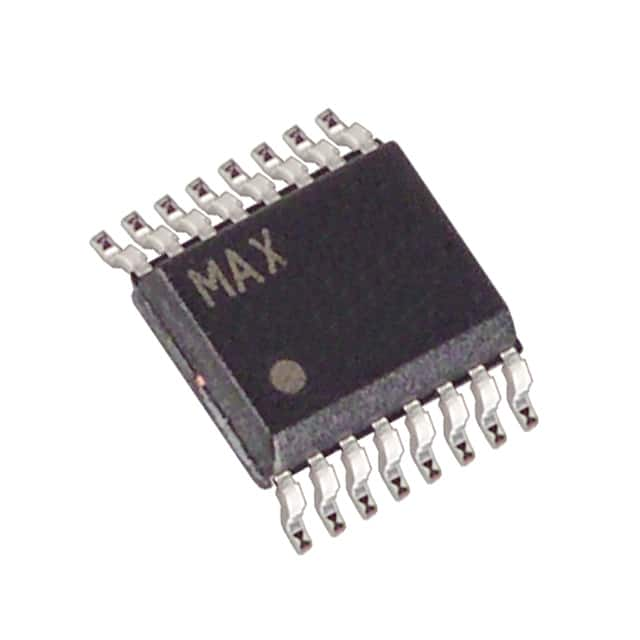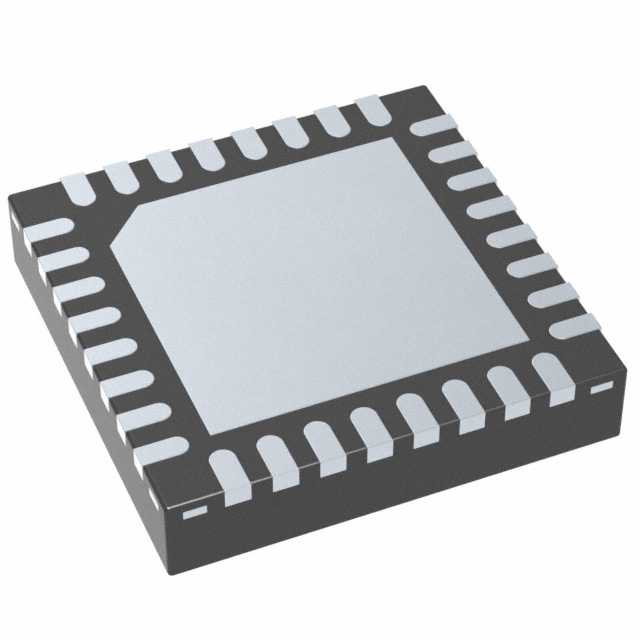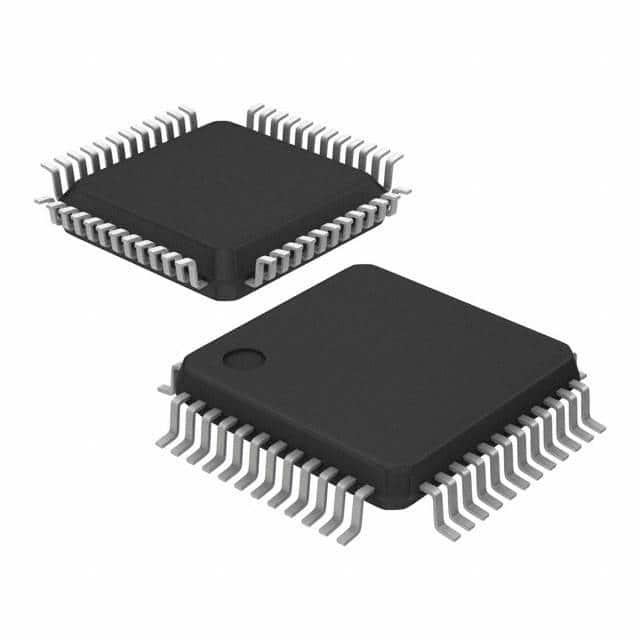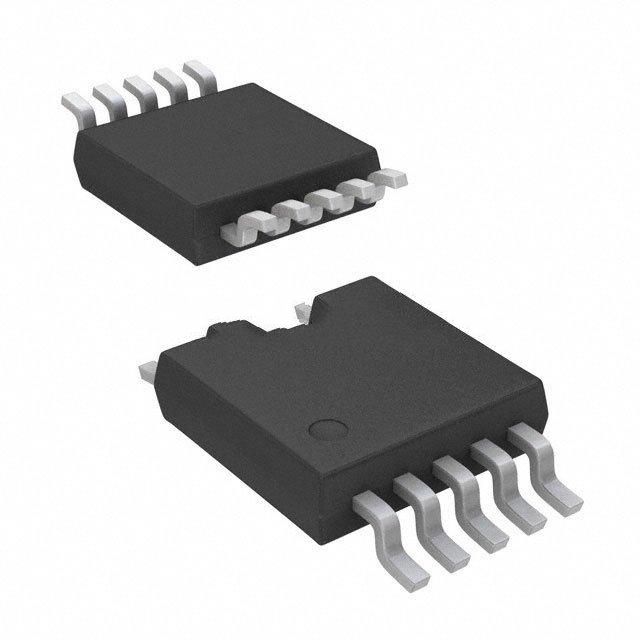ADS8344E Product Introduction:
Texas Instruments Part Number ADS8344E(Data Acquisition - Analog to Digital Converters (ADC)), developed and manufactured by Texas Instruments, distributed globally by Jinftry. We distribute various electronic components from world-renowned brands and provide one-stop services, making us a trusted global electronic component distributor.
ADS8344E is one of the part numbers distributed by Jinftry, and you can learn about its specifications/configurations, package/case, Datasheet, and other information here. Electronic components are affected by supply and demand, and prices fluctuate frequently. If you have a demand, please do not hesitate to send us an RFQ or email us immediately sales@jinftry.com Please inquire about the real-time unit price, Data Code, Lead time, payment terms, and any other information you would like to know. We will do our best to provide you with a quotation and reply as soon as possible.
Introducing the Texas Instruments ADS8344E, a high-performance, 16-bit analog-to-digital converter (ADC) designed to meet the demanding requirements of industrial and automotive applications. With its exceptional accuracy and versatility, this ADC is the perfect solution for a wide range of measurement and control systems.
The ADS8344E boasts a sampling rate of up to 500 kilosamples per second (ksps), ensuring fast and accurate data acquisition. Its 16-bit resolution provides precise measurement capabilities, allowing for the detection of even the smallest changes in analog signals. Additionally, the device features a low-power mode, enabling energy-efficient operation without compromising performance.
This ADC offers a variety of integrated features that enhance its functionality. The built-in voltage reference eliminates the need for external components, simplifying the design process and reducing costs. The SPI-compatible serial interface allows for easy integration with microcontrollers and other digital devices. Furthermore, the ADS8344E supports both single-ended and differential input configurations, providing flexibility for different application requirements.
The Texas Instruments ADS8344E is ideal for a wide range of applications, including industrial automation, motor control, data acquisition systems, and automotive electronics. Its high accuracy and fast sampling rate make it suitable for precision measurement tasks, while its low-power mode ensures efficient operation in battery-powered devices. With its exceptional performance and versatile features, the ADS8344E is the go-to choice for engineers and designers looking to achieve reliable and accurate analog-to-digital conversion in their applications.
Analog to digital Converters (ADCs) are electronic devices used to convert continuously varying Analog signals into discrete Digital signals. This process usually includes three steps: sampling, quantization and coding. Sampling means capturing the instantaneous value of an analog signal at a fixed frequency; Quantization approximates these transient values to the nearest discrete level; Finally, the encoding converts the quantized value into binary numeric form.
Application
ADCs(Analog-to-digital Converters) is widely used in a variety of scenarios, such as audio and video recording, measuring instruments, wireless communications, medical devices, and automotive electronics. For example, in audio devices, the ADC is responsible for converting the sound signal captured by the microphone into a digital format for easy storage and transmission.
FAQ about Data Acquisition - Analog to Digital Converters (ADC)
-
1. How to convert analog to digital without ADC?
Analog to digital conversion without ADC can be achieved through PWM circuit. This method is suitable for those main control chips without built-in ADC, which needs to be solved by two GPIOs and an operational amplifier. The basic principle is to use an integral circuit to convert the PWM wave into a smooth DC voltage, and then continuously adjust the PWM duty cycle by comparing it with the voltage to be measured until the output of the comparator changes from 0 to 1, and record the current PWM duty cycle, thereby realizing the measurement of the analog voltage.
-
2. When is ADC used?
ADC (Analog-to-Digital Converter) is widely used in a variety of scenarios, including but not limited to:
Sensor interface: For example, temperature sensors, pressure sensors, and light sensors, ADC converts analog voltages into digital signals for the use of digital thermometers, temperature control systems, barometers, air pressure sensing systems, light intensity detection and control systems.
Audio signal processing: In microphones, ADC converts analog audio signals into digital signals for digital audio processing, recording, and playback.
Medical equipment: Such as electrocardiograms (ECGs) and oximeters, ADC converts analog signals of ECG signals and blood oxygen saturation into digital signals for heart health monitoring and diagnosis and blood oxygen level monitoring.
Data acquisition system: In various applications that need to collect data from analog signals, ADC is used to convert analog signals into digital signals for storage, processing, and analysis.
-
3. What is the difference between ADC and DAC?
The main difference between ADC and DAC is that they process different types of signals and conversion directions.
The main function of an ADC (analog-to-digital converter) is to convert analog signals into digital signals. This process involves sampling, quantization, and encoding, where sampling is the periodic measurement of the value of an analog signal at a certain sampling rate, quantization is the conversion of the sampled continuous values into a finite number of discrete levels, and encoding is the conversion of the quantized discrete levels into binary code. The output of the ADC is a digital signal that can be processed and stored by a computer or other digital circuit for various applications such as digital signal processing, data logging, and communications. Common applications in life include microphones, digital thermometers, digital cameras, etc., which convert the actual perceived analog information into digital signals for further processing and analysis12.
DAC (
 Lead free / RoHS Compliant
Lead free / RoHS Compliant













